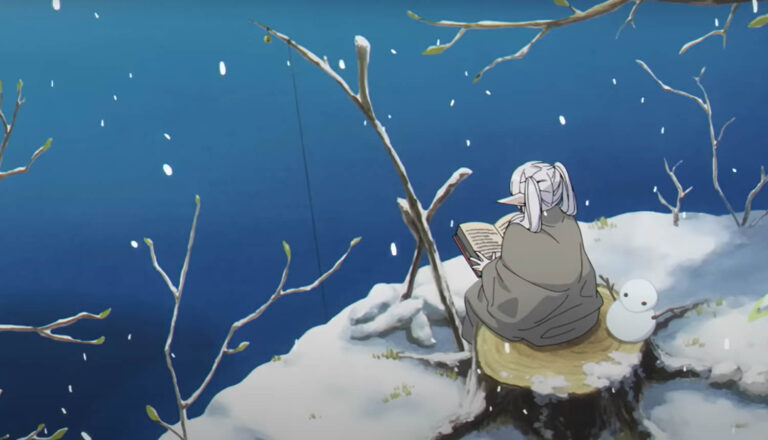
Frieren: Beyond Journey’s End
An elf mage contemplates on connection and regret as she watches her human friends grow old and pass away.
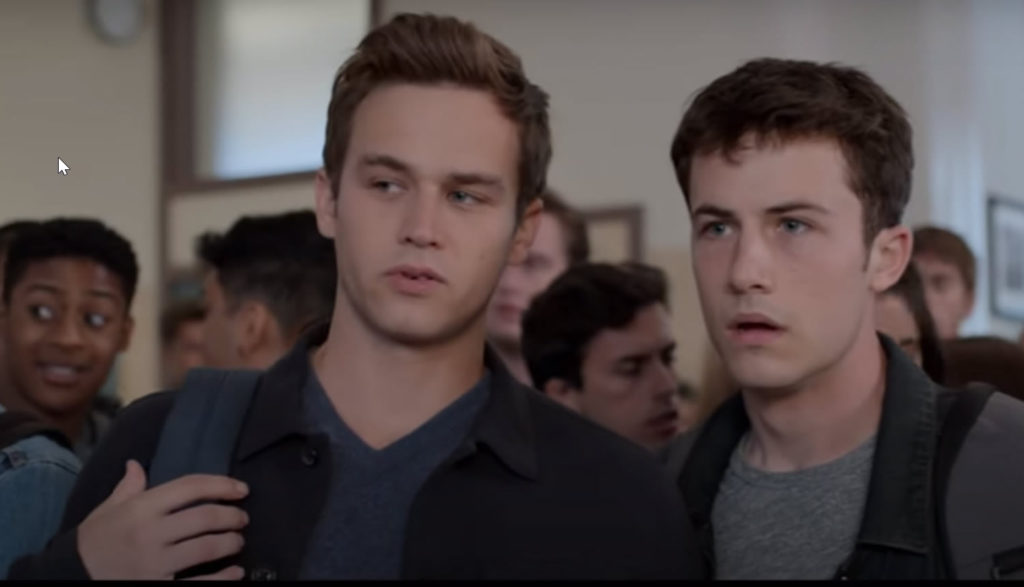
You would think that after the last three incredibly graphic seasons of 13 Reasons Why the students of Liberty High would have endured enough trauma and tragedy to last a lifetime.
The show has been considered groundbreaking for its refusal to shy away from topics such as mental health struggles, substance abuse and sexual assault. But as it heads in for its final season, it asks a very poignant question: “Will you survive high school?” Because as the show’s main protagonist, Clay Jensen, points out, “I know too many people who didn’t.”
For those who maybe aren’t as familiar with the show, here’s a quick recap. In Season One, Hannah Baker sent out cassette tapes listing the thirteen reasons why she chose to take her own life. She had been mocked, bullied, even raped, but worst of all, nobody took notice of how deeply these things were affecting her because, seemingly, nobody really cared.
“You don’t know what goes on in anyone’s life but your own,” Jay Asher writes in his book Thirteen Reasons Why, the story on which this Netflix series is based. Superstar Selena Gomez was so moved by the book’s message that she spent seven years trying to get it turned into a TV show. “Everyone has gone through this,” she told CNN. “And more than ever, this should be talked about today.”
Backed by Gomez’s stardom and the story’s controversial topics, the show understandably generated a lot of buzz. “But (as Plugged In’s Paul Asay wrote) along with the buzz came controversy—a lot of it. Mental health professionals took issue with how these grave problems were addressed on screen.” The show’s creators argued it was designed to create conversation and, thus, prevent suicide, but some accused it of feeding suicidal tendencies.
So, for its second season, Netflix tried to address some of those concerns, posting trigger warnings at the beginning of episodes and offering a bevy of services, from discussion guides to crisis hotline numbers and addresses.
However, it didn’t pull back in regards to the incredibly sensitive material it was depicting.
Season Two picked up six months after the death of Hannah and focused on the poor way that Liberty High handled it. Yes, they provided grief counseling and sent out emails to parents reminding them to pay attention to whether or not their children had suicidal tendencies, but the environment of the school remained much the same. Students were still being bullied, sexually assaulted and largely ignored by the school’s administration.
It wasn’t until Season Three rolled around that we started seeing any improvement in the collective mental state of Liberty High. Friends had each other’s back, victims of assault started to heal, student organizations started calling out those in power for their lack of affirmative action and toxic masculinity was effectively shut down. Unfortunately, it was all overshadowed by the murder of a fellow student.
Series antagonist Bryce Walker (who Hannah named as her rapist in the first season) was killed. And the long, drawn-out discussion between new student Ani Achola (who knows exactly who killed Bryce) and the sheriff’s department turns the season into a whodunnit murder mystery rather than a poignant conversation between teenagers and adults about the realities of mental health struggles.
Which brings us to 13 Reasons Why’s fourth and final season…
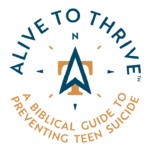
Hannah is dead. Bryce is dead. Montgomery “Monty” de la Cruz is dead. And now, someone else is dead, too. We’re not quite sure who, but the season opens up on the funeral of yet another Liberty High student.
Clay, Ani and the rest of their friends at Liberty are trying to return to normal after pinning the murder of Bryce on Monty last season. Monty was killed in his jail cell after being convicted for the rape of fellow student Tyler. So rather than ruin the life of another person, Ani reasons, “let the dead bury the dead.”
Unfortunately, Monty’s boyfriend, Winston, doesn’t feel the same. “He was a human being. He didn’t deserve to die like that,” he says. And his presence at Liberty High only serves to heighten the anxiety of everyone who knows the truth behind Bryce’s murder.
Season Four is still touting the disclaimer before episodes that it includes “portrayals of mental health struggles and substance abuse, among other difficult topics.” And it also directs viewers to 13reasonswhy.info for lists of crisis hotlines and resources to help at-risk teens.
However, its continued recommendation to watch the show with a trusted adult (especially when it likely knows few young viewers will) still feels quite awkward considering its TV-MA rating.
Sex is still a focal point in the series as Clay loses his virginity in one of the later episodes and Jessica Davis continues to helm “Hands Off” (the female-led student union that offers resources to sexual assault survivors). These scenes often show enough action to make many teenagers wish they could melt into the sofa rather than sit through it with their moms and dads.
But it’s not just about what you see. Regular f-bombs and misuses of Christ’s name sully what you hear, too. And then there’s the substance abuse—which leads to at least one drunken car wreck that easily could have been fatal.
Speaking of fatal, like the seasons before, Season Four doesn’t pull punches when it comes to violence. Nearly every episode features somebody getting the tar beat out of them. And it all pretty much climaxes when Liberty High is forced to go into a lockdown after someone allegedly brings guns to school.
It’s not good. Each of these topics can serve as a trigger for someone struggling with trauma and that doesn’t even cover the depictions of mental health issues.
We’ve known since the first season that Clay struggles with anxiety and paranoia (he hallucinates Hannah, Bryce and Monty across the seasons and admits that he’s been having anxiety attacks since he was in fourth grade). But this season seems to really turn up the heat. It addresses Clay’s desire to be an anchor for his friends—someone they can depend on and trust. But the pressure he puts on himself to keep it all together starts eating away at him. And his therapist suggests that the increase in panic attacks is due to his body creating a physical response to his deteriorating mental state.
Basically, there’s a lot going on. And once again, as Asay put it: “The makers of 13 Reasons Why [seem to want] to be a catalyst for mature conversation while mainstreaming extreme, explicit content and actions to its youthful audience. Forget reasons why to watch. That’s one big reason why not.”
Graduation has finally come for the students of Liberty High, but not before they attend the funeral of a classmate.
Clay’s adopted brother, Justin, is admitted to the hospital after collapsing at prom. Clay and his parents learn that when Justin was still homeless, he became a victim of sex work and contracted HIV (in a previous season, he had admitted to being a victim of same-sex sexual assault). Combined with his drug use, Justin’s HIV developed into AIDs, and much of the episode portrays his rapidly deteriorating condition before he passes away (which is shown onscreen).
Clay enters a sheriff’s office with his hands in his pockets and states that he has a gun. Several officers draw their weapons as people run, hide and scream. After talking Clay down, they realize he doesn’t have any weapons and that he is merely trying to get their attention. A boy with a traumatic brain injury says that the condition sometimes makes him go into a blind rage. He says it was during one of those rages that he killed Bryce after looking into Bryce’s eyes and seeing “no soul.” We see a guy bloody and bruised after getting beat up in a street fight.
Several couples kiss, hold hands and hug (including same-sex couples). Two teens get screened for HIV at a clinic. A guy who has spent most of the school year drunk is forced to dry out by his friends after he refuses to visit Justin in the hospital. A man admits to doing drugs and stealing things in his youth. Two guys talk about their fear of hospitals after watching their own parents die in one. We hear multiple uses of the f-word and s-word, as well as “b–ch” and “h—.” There are also several misuses of God’s and Jesus’ names with the former sometimes paired with “d–n.”
A funeral takes place in a church. A girl says she doesn’t know if she can attend the funeral and listen to speeches about “God working in mysterious ways” and later complains about a “super religious” relative. A cross hangs in someone’s home. Clay and Jessica address their hallucinations, realizing that they aren’t seeing ghosts but rather just imagining what they would like to say to those people if they were still alive.
Clay and his friends ultimately decide to forgive the people who hurt them throughout high school, including Bryce and Monty. We hear several speeches about hate being easy and love being hard but love being the thing that helps people to survive.
As Liberty High administrators and employees try to train their students for crisis situations with drills and advanced First Aid training (students are taught how to stop a gunshot victim from bleeding out), the staff and students are caught off guard when a “Code Red” is called out on the speakers (meaning an active shooter is on school grounds) and they have to go into lockdown.
While learning how to stop a gunshot wound from bleeding in health class, Clay panics and imagines that the bloody CPR dummy is his friend, Zach, who was badly injured in a car wreck a few days prior. We see a flashback to the car flipping over and later learn that Clay was driving drunk and left Zach behind to die in his inebriated state.
After the school goes into lockdown, some students begin to panic. They cry, barricade the doors and call their parents to tell them they love them one last time.
Tyler hides in the bathroom where he was raped, and he finds that he’s with the younger sister of his attacker. Two people graphically describe the deaths that can occur during a school shooting. A boy with a traumatic brain injury has an anxiety attack. Students argue about who the shooter could be and nearly come to blows. Some people try to comfort one another through their fear. Several gunshots are heard.
Clay’s anxiety causes him to hallucinate Bryce and Monty mocking him during the lockdown. They question him about which students deserve to be saved and which ones deserve to die. The heightened stress causes him to have a panic attack, and he wanders into the hall in an attempt to stop the shooter—only to find himself holding an assault rifle (another hallucination). Clay imagines being shot before the principal pulls him out of his hallucinogenic state, revealing that the lockdown is only a drill meant to teach students what a real Code Red feels like. Clay is furious and attacks one of the armed police officers on scene, taking the officer’s gun and pointing it into the air before he’s tackled and escorted off school property.
A girl hits a boy’s head with a stapler (causing him to bleed) when she mistakenly thinks he is the shooter. A student arms himself with a baseball bat. A “Don’t Rape” sticker hangs in a girl’s locker.
A student takes prescribed pain pills several times with vodka. Two boys consume marijuana edibles. Several couples kiss (including a same-sex couple). We hear multiple uses of the f-word and s-word, as well as “p-ss,” “h—” and “a–.” God’s and Jesus’ names are misused several times with the former often paired with “d–n.”
Clay’s anxiety gets worse when he suspects that his friends are keeping secrets from him.
Jessica hallucinates Bryce after burning a cassette tape with his last words. Clay has repeated hallucinations of Monty, the guy he framed for murder, and in one of these episodes, he imagines getting beaten up by Monty. Clay later starts a fistfight with several members of the football team for “honoring a rapist,” and we later see him with a bloodied face. Someone purposely slices their thumb with a piece of broken glass. Rape is discussed frequently. A teenage girl refuses be “pat down” by a male police officer after setting off a metal detector. An officer watches security camera footage of someone pointing a gun at another person.
Several couples kiss. One boy stops his girlfriend when she tries to take things further than kissing. Alex, a bisexual student, kisses his straight friend. He apologizes and his friend tells him that he does care for him, just not like that. A girl jokes about stripping and sex shops.
Clay says his anxiety attacks feel like a weight crushing and killing him. Someone talks about puking and night sweats. Clay and his friends continue to lie to the police about Bryce’s murder. A boy lies to his parents about starting a fight at school. A teenager gets angry when he learns that his deported parents’ request for a visa was denied.
A teenager shows up drunk to a dry party meant to celebrate his friend’s sobriety and return from rehab. A girl drinks from a flask. The f-word and s-word are both heard throughout the episode, as well as “a–,” “d–n,” “h—” and “p-ss.” There are also frequent misuses of God’s and Christ’s names. A boy calls himself a “Nikon Nazi.” A funeral service takes place in a church. “Silent Night” plays in the background of a scene.


Emily studied film and writing when she was in college. And when she isn’t being way too competitive while playing board games, she enjoys food, sleep, and geeking out with her husband indulging in their “nerdoms,” which is the collective fan cultures of everything they love, such as Star Wars, Star Trek, Stargate and Lord of the Rings.

An elf mage contemplates on connection and regret as she watches her human friends grow old and pass away.
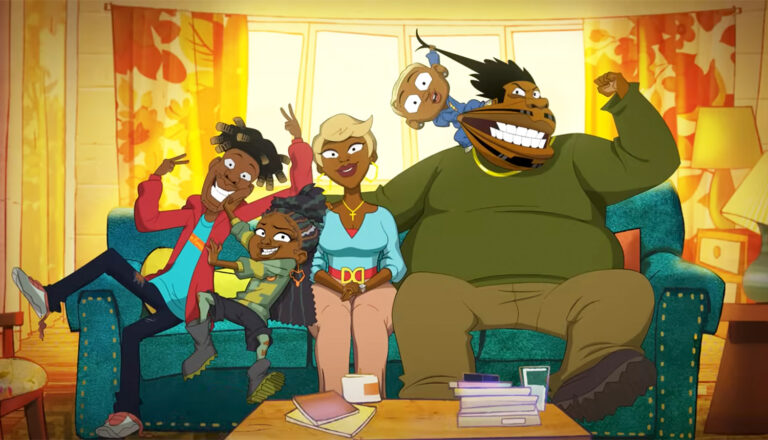
Netflix takes a classic sitcom, Good Times, and turns it into a vulgar, violent, sexually-charged TV-MA show.
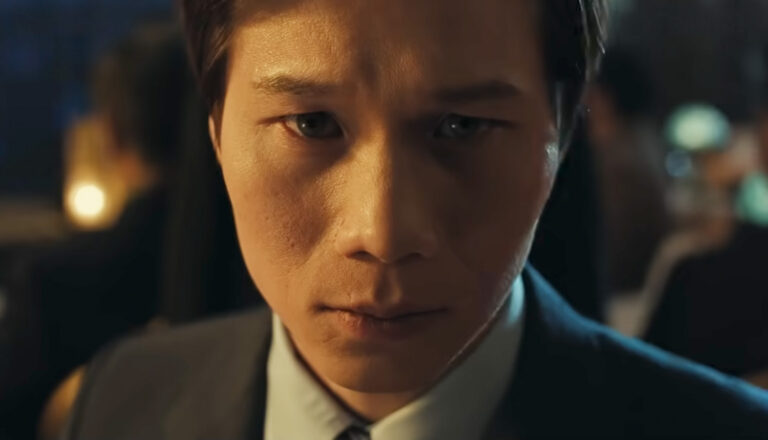
While its protagonist might live a nuanced life, The Sympathizer’s problematic content can’t be described the same way.